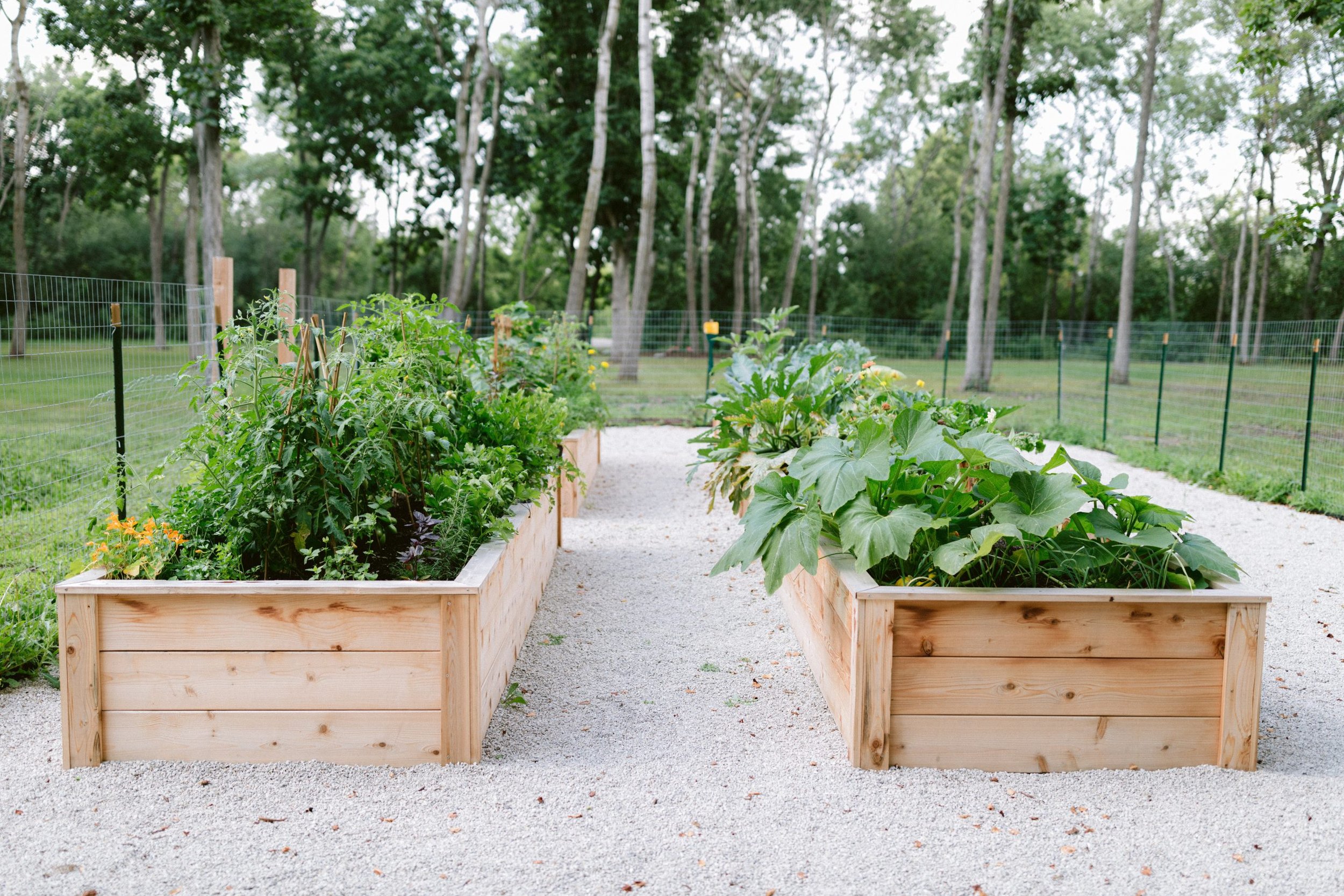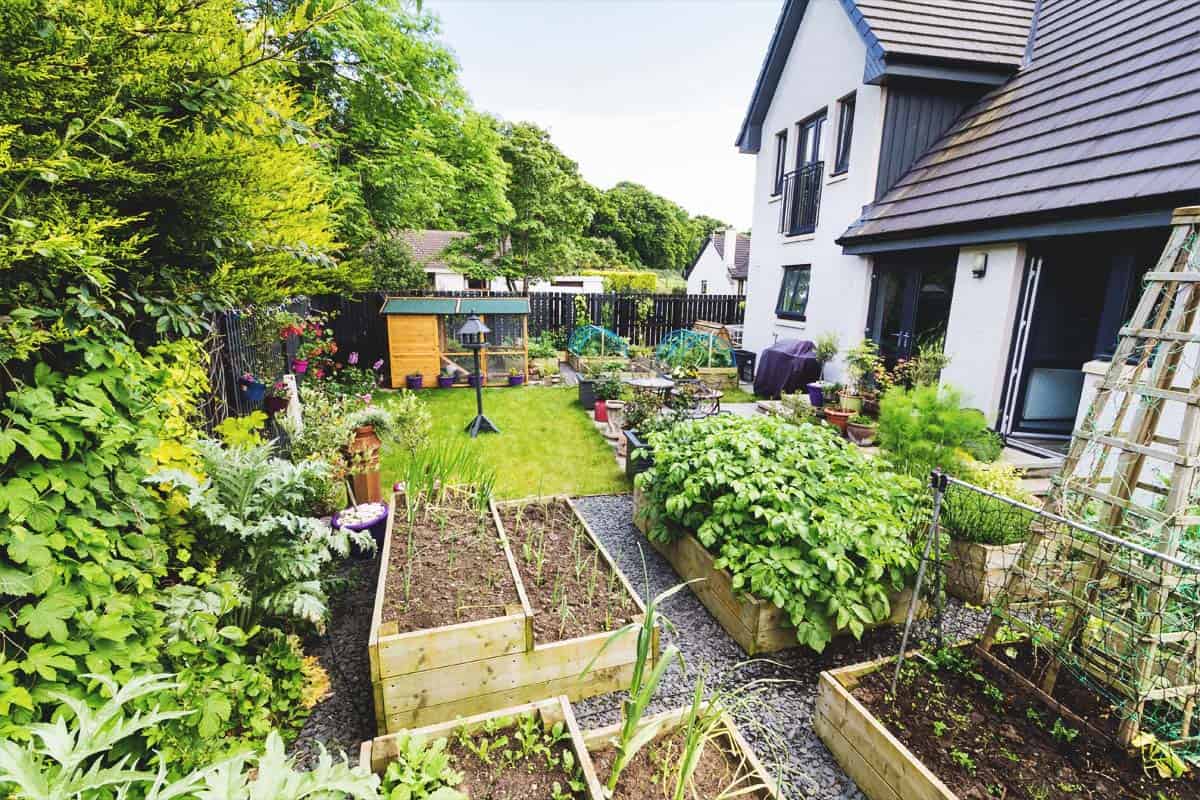Common Mistakes to Avoid in Homestead Gardening
Common Mistakes to Avoid in Homestead Gardening
Blog Article
Discover Necessary Tips for Successful Horticulture Techniques and Practices
Gardening, often seen as a basic activity, encompasses a series of techniques and practices that can substantially affect the end result of your efforts. By focusing on important elements such as dirt health, reliable sprinkling strategies, and ideal plant option, gardeners can develop a thriving ecosystem that sustains vibrant development. Recognizing the subtleties of pest monitoring and seasonal upkeep can further improve performance. Yet, many lovers overlook vital information that can make or damage their horticulture success-- discovering these ignored elements might disclose the key to growing a prospering yard.
Understanding Dirt Health
Soil wellness is an essential element of successful gardening, as it directly influences plant development, nutrition availability, and ecological community equilibrium. Healthy and balanced soil is characterized by an abundant biodiversity of bacteria, raw material, and a well balanced pH degree, which with each other develop an environment for plant development.
To comprehend dirt health and wellness, one have to consider its physical, chemical, and biological homes. The texture and structure of soil impact its capacity to maintain wetness and nutrients, while the chemical structure identifies the availability of crucial components like potassium, phosphorus, and nitrogen. Routine soil screening is crucial to assess these factors, enabling garden enthusiasts to make informed choices relating to modifications and plant foods.
In addition, promoting organic task within the dirt is essential for maintaining its health and wellness. Practices such as composting, plant rotation, and making use of cover plants can boost microbial diversity, boost nutrient biking, and lower dirt erosion. By prioritizing dirt health, gardeners not just maximize plant growth but additionally add to a sustainable ecosystem, guaranteeing that their gardening methods are environmentally liable and resistant over time.
Effective Sprinkling Methods
Ensuring that plants obtain the ideal quantity of water is essential for their wellness and development, particularly when combined with a solid foundation of dirt health (Homestead Gardening). Effective watering methods can considerably affect plant vitality, minimizing water waste and advertising optimal development
One essential method is deep watering, which urges origins to grow much deeper right into the dirt, boosting drought resistance. This technique usually entails watering much less regularly however in bigger amounts, enabling dampness to pass through the origin zone extensively. Timing is likewise crucial; early morning is the suitable time to water, as it decreases dissipation and permits foliage to completely dry throughout the day, reducing condition risks.
Additionally, employing compost can assist maintain soil wetness and manage temperature level, further assisting efficient watering techniques. Making use of a drip watering system can additionally give targeted wetness directly to the origins, ensuring that water gets to where it's most needed while conserving sources.
Keeping an eye on rains and dirt moisture degrees can guide modifications in your watering schedule, ensuring plants get regular hydration without over-saturation. By embracing these effective watering strategies, gardeners can cultivate a thriving setting for their plants to prosper.
Plant Option and Positioning
Exactly how can the ideal plant option and strategic placement change a yard right into a growing environment? The synergy in between plant selections and their positioning is vital for producing a vivid garden. When choosing plants, take into consideration aspects such as environment, soil kind, and sunlight exposure. Indigenous species are usually the very best option as they are adjusted to regional conditions and require less upkeep.
Strategic positioning includes organizing plants according to their growth habits and needs. Taller plants must be placed at the rear of boundaries to avoid shielding shorter plants. In addition, organizing plants with comparable water and light demands can enhance their growth and reduce competitors for resources.
Integrating a variety of plants not only adds visual appeal yet likewise advertises biodiversity, attracting valuable insects and pollinators. Consider the seasonal changes in your garden; choose a mix of perennials, evergreens, and annuals to make certain year-round interest.
Finally, bear in mind to evaluate the mature dimension of plants prior to growing to avoid overcrowding and make certain ample air circulation. Thoughtful plant choice and calculated positioning produce a harmonious atmosphere, allowing your garden to flourish while reducing challenges.
Parasite and Condition Monitoring
Efficient insect and illness management is vital for preserving a healthy garden ecosystem - Homestead Gardening. A positive technique, combining cultural, biological, and chemical techniques, can substantially lower the influence of insects and conditions on your plants

Biological controls, such as introducing helpful bugs like ladybugs or aggressive mites, can keep insect populations in check without hurting the atmosphere. Additionally, keeping plant wellness with appropriate watering, fertilizing, and pruning will bolster their durability versus conditions.
When intervention is essential, opt for targeted chemical therapies, ensuring to comply with application guidelines to minimize harm to non-target microorganisms. Constantly prioritize lasting practices, as they advertise long-term garden health and ecological equilibrium. By integrating these techniques, gardeners can efficiently take care of illness and bugs, making certain prospering plants and a productive yard.

Seasonal Maintenance Practices
Throughout each period, implementing targeted maintenance techniques is crucial for enhancing yard health and wellness and productivity. In index spring, concentrate on soil preparation by testing pH degrees and including necessary modifications. This is likewise the suitable time to apply plant foods and mulch to retain moisture and reduce weeds. Routinely examine emerging plants for illness and pests.
As summertime approaches, make certain appropriate irrigation while monitoring for signs of stress and anxiety or disease. Prune back thick plants to encourage air flow and decrease humidity around vegetation. This technique not only boosts plant health however additionally promotes flowering and fruiting.
With the arrival of fall, it's time to plan for winter season. Clean up dropped leaves and debris to stop bug invasions, and consider growing cover plants to enhance soil health. This period is also suitable for splitting perennials and growing spring-flowering light bulbs.
Verdict
Effective gardening hinges on the assimilation of audio methods in dirt wellness, watering, plant choice, pest administration, and seasonal upkeep. By focusing on soil testing and microbial variety, utilizing effective sprinkling strategies, and selecting ideal plants, gardeners can produce growing communities. Furthermore, proactive bug management and thorough seasonal maintenance add substantially to general garden vigor. Accepting these strategies promotes a lasting and efficient gardening environment, making sure flourishing growth and strength throughout the transforming periods.
By focusing on important aspects such as dirt health, effective sprinkling techniques, and proper plant selection, gardeners can develop a thriving ecological community that supports lively growth. By focusing on soil health and wellness, garden enthusiasts not just optimize plant development but likewise add to visit the website a lasting ecological community, making certain that their horticulture techniques are environmentally accountable and durable over time.
Taller plants need to be placed at the back of boundaries to protect against shading much shorter plants. Clean up fallen leaves and particles to avoid parasite problems, and think about planting cover plants to enhance dirt health and wellness.Successful gardening joints on the integration of sound methods in soil health and wellness, watering, plant selection, bug management, and seasonal maintenance.
Report this page